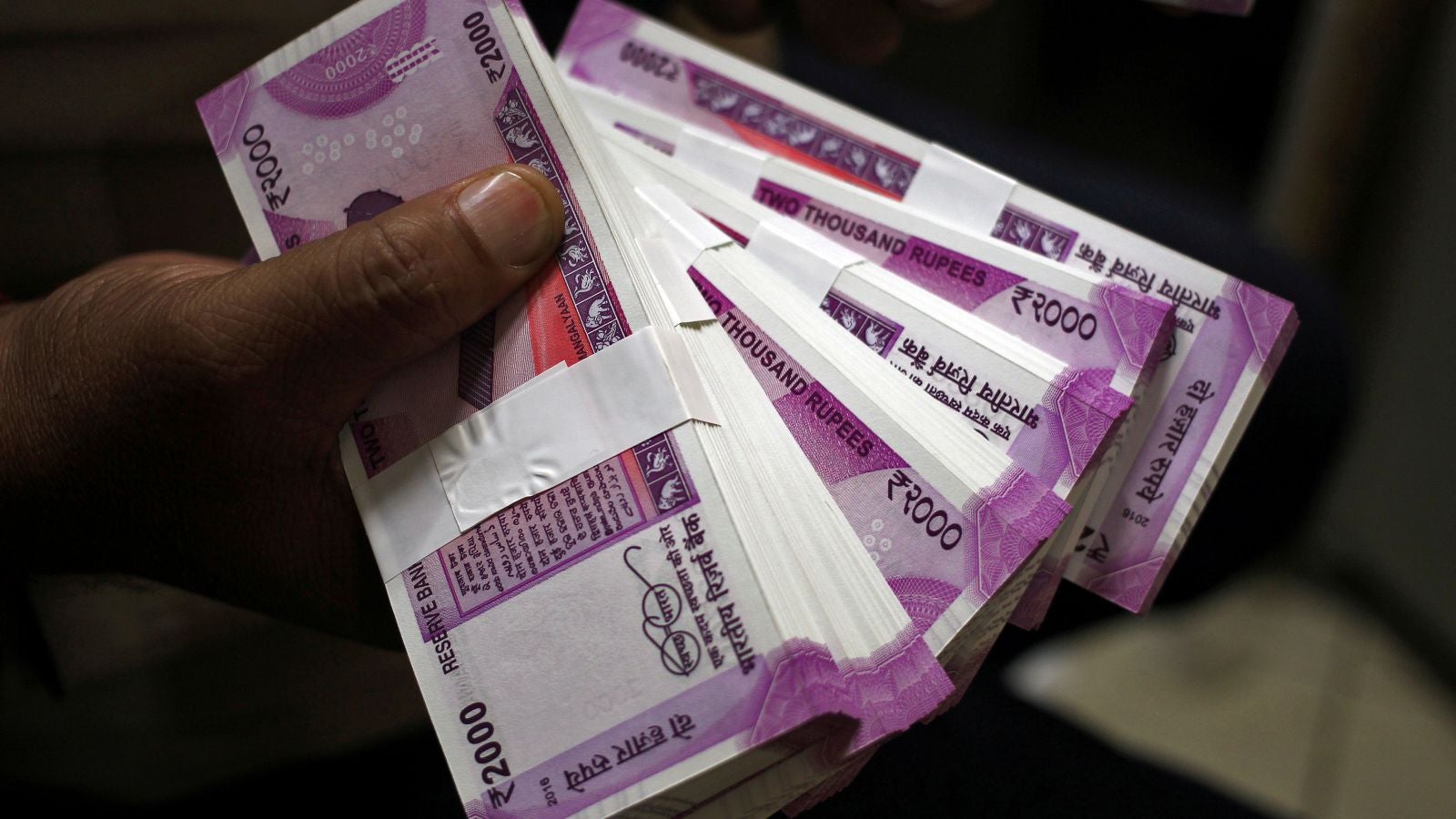The salaries of India’s top private bankers have fallen
It’s been a rough few months for India’s private banks. Besides mounting bad loans, they’ve also had to battle corporate governance issues and a leadership vacuum.


It’s been a rough few months for India’s private banks. Besides mounting bad loans, they’ve also had to battle corporate governance issues and a leadership vacuum.
This turmoil is reflected in the respective annual remuneration of the top bosses.
In financial year 2018, Uday Kotak was the only head of a major Indian private sector lender to have taken home a higher salary than in the previous year. The managing director of Kotak Mahindra Bank received Rs2.93 crore ($0.43 million), compared to Rs2.63 crore in financial year 2017, according to the bank’s annual reports.
Investors have also been rather pleased with the performance of Kotak Mahindra Bank which began as a non-banking financial services company and subsequently got the Reserve Bank of India’s (RBI) permission in 2003 to transform into a bank. Fifteen years later, in April this year, it pipped the State Bank of India (SBI) to become India’s second-most valued lender behind HDFC Bank.
At HDFC Bank, the remuneration of Aditya Puri, its managing director and the country’s highest-paid banker, declined by around 4%, according to its annual reports.
Similarly, Shikha Sharma of Axis Bank and Rana Kapoor of YES Bank also took pay cuts last year. While Sharma’s salary for financial year 2018 excluded variable pay, gratuity, superannuation, and the provident fund, the figure for YES Bank’s Kapoor didn’t include stock options.
Meanwhile, the take-home salary of ICICI Bank’s embattled managing director and CEO Chanda Kochhar remains unknown as the lender’s annual report is awaited.
Both Sharma and Kochhar, among the most celebrated female bankers in India, have been on a sticky wicket lately. In April, Sharma decided to step down by the end of 2018 after the RBI reportedly refused to grant her another term due to Axis Bank’s poor performance in recent years. Then, Kochhar was forced to go on leave following allegations against her of nepotism and favouritism in a loan disbursal case.
Yet, India’s private bankers are better paid than their public sector peers. For instance, Rajnish Kumar, the chairman of SBI who took over the reigns from Arundhati Bhattacharya in October 2017, earned a salary of Rs14.25 lakh for a period of six months. In financial year 2017, Bhattacharya took home a salary of only Rs28.96 lakh.